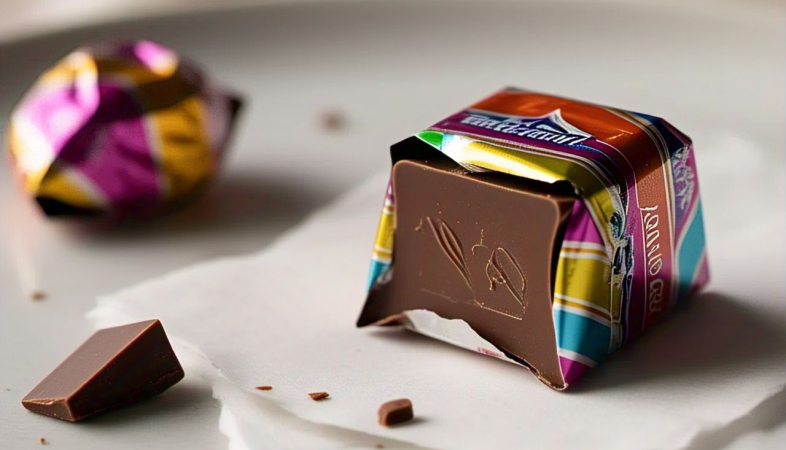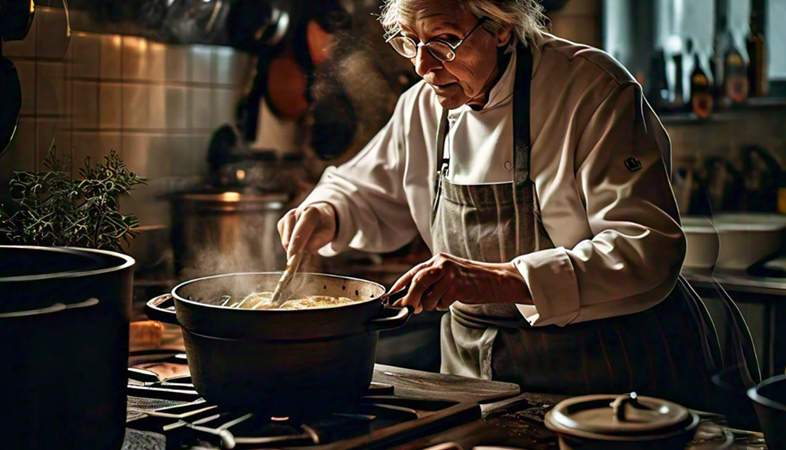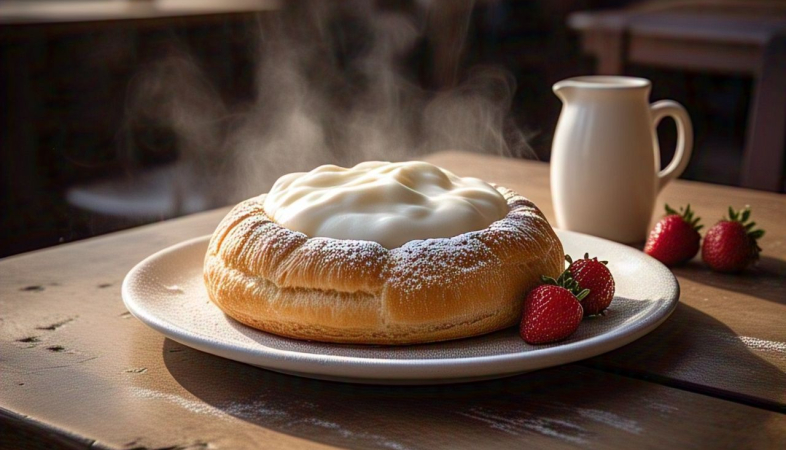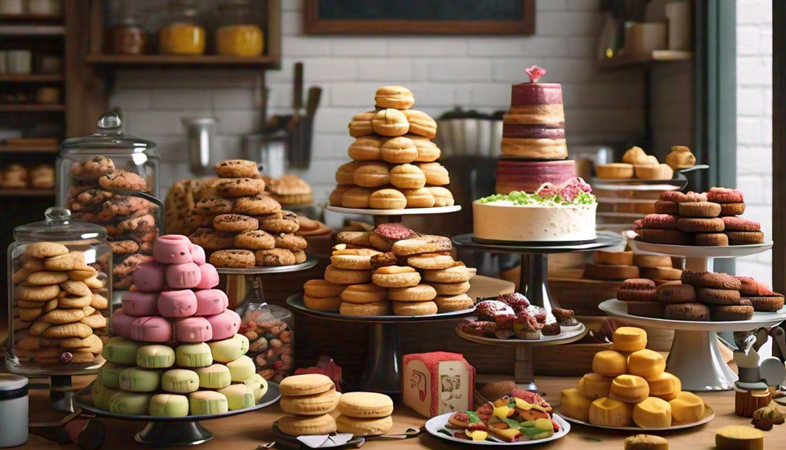The Science of Tempering Chocolate: How to Achieve the Perfect Snap
Understanding the chemistry behind tempering can make all the difference in crafting high-quality confections.
Tempering chocolate is both an art and a science, requiring
precision and patience to achieve that signature glossy finish and satisfying
snap. This technique is crucial for chocolatiers and pastry chefs, ensuring
that the final product has a smooth texture, rich sheen, and stable structure.
Understanding the chemistry behind tempering can make all the difference in
crafting high-quality confections.
At its core, tempering is the process of carefully controlling the crystallization of cocoa butter, the fat found in chocolate. Cocoa butter can form different types of crystals when cooled, but only one—the beta crystal—gives tempered chocolate its desirable properties. Without proper tempering, chocolate can turn out dull, grainy, or prone to melting too quickly.
The process involves heating chocolate to break down unstable crystals, cooling it to encourage beta crystal formation, and then gently reheating it to a working temperature. The temperatures vary depending on the type of chocolate: dark chocolate is tempered between 31-32°C, milk chocolate at 30-31°C, and white chocolate at 27-29°C. Any deviation can lead to streaks, a soft texture, or a lack of snap.
One of the most reliable tempering methods is the seeding technique, where finely chopped tempered chocolate is added to melted chocolate to encourage the formation of stable crystals. Another approach is tabling, where melted chocolate is spread and worked on a cool marble surface to regulate crystal formation. For large-scale production, chocolate tempering machines automate this process, ensuring consistency.
Tempered chocolate is essential for molded chocolates, truffles, and dipped confections. It prevents bloom—whitish streaks or spots caused by fat or sugar separation—and extends shelf life. Well-tempered chocolate not only looks professional but also enhances the overall sensory experience.
Mastering the science of tempering requires precision, but the reward is chocolate with an irresistible snap, smooth texture, and luxurious shine. Whether for artisanal confections or large-scale production, proper tempering remains a fundamental skill in the world of chocolate craftsmanship.
.png)




























